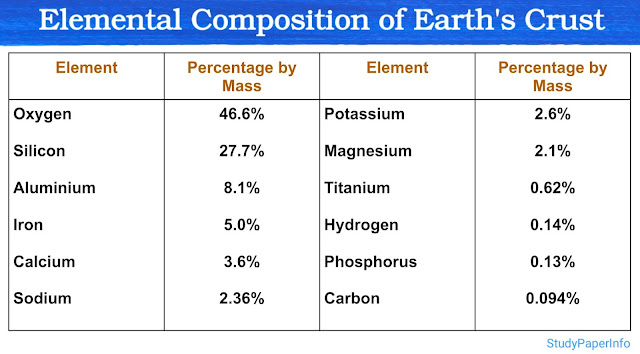Which organelle contains enzymes for cellular respiration?
The organelle that contains the enzymes for cellular respiration is the mitochondrion. This organelle plays a central role in energy metabolism by housing the enzymes and components necessary for the complete breakdown of glucose and other molecules to produce ATP (adenosine triphosphate), which is the primary energy currency of the cell. Before directly entering into the details of the enzymes, it is helpful to understand how the mitochondrion is structurally designed to perform this role efficiently.
Mitochondria are double-membrane-bound organelles found in almost all eukaryotic cells. The outer membrane serves as a protective layer, while the inner membrane is extensively folded into structures known as cristae, which increase the surface area for housing respiratory enzymes. The matrix, the innermost compartment, contains the enzymes for the Krebs cycle, while the inner membrane houses the electron transport chain (ETC) and ATP synthase, which are essential for the final steps of ATP production.
There are three main steps of aerobic respiration and specific enzymes are located in different mitochondrial regions:
- Krebs Cycle (Citric Acid Cycle)
- Krebs cycle (also known as citric acid cycle) Takes place in the mitochondrial matrix and involves enzymes like citrate synthase, isocitrate dehydrogenase and succinate dehydrogenase. These enzymes help break down pyruvate into carbon dioxide while transferring high-energy electrons to NAD⁺ and FAD.
- Electron Transport Chain (ETC)
- This step occurs on the inner mitochondrial membrane. Enzyme complexes I to IV (NADH dehydrogenase, cytochrome bc₁ complex, cytochrome oxidase, etc.) transfer electrons and pump protons across the membrane, creating a proton gradient.
- ATP Synthesis
- The proton gradient created by the ETC powers the enzyme ATP synthase, which uses this potential energy to synthesize ATP from ADP and inorganic phosphate.
- Krebs cycle (also known as citric acid cycle) Takes place in the mitochondrial matrix and involves enzymes like citrate synthase, isocitrate dehydrogenase and succinate dehydrogenase. These enzymes help break down pyruvate into carbon dioxide while transferring high-energy electrons to NAD⁺ and FAD.
- This step occurs on the inner mitochondrial membrane. Enzyme complexes I to IV (NADH dehydrogenase, cytochrome bc₁ complex, cytochrome oxidase, etc.) transfer electrons and pump protons across the membrane, creating a proton gradient.
- The proton gradient created by the ETC powers the enzyme ATP synthase, which uses this potential energy to synthesize ATP from ADP and inorganic phosphate.
Thus, the mitochondrion contains all the essential enzymes for aerobic cellular respiration, allowing it to efficiently convert the chemical energy in food molecules into usable energy for cellular functions.



Comments
Post a Comment